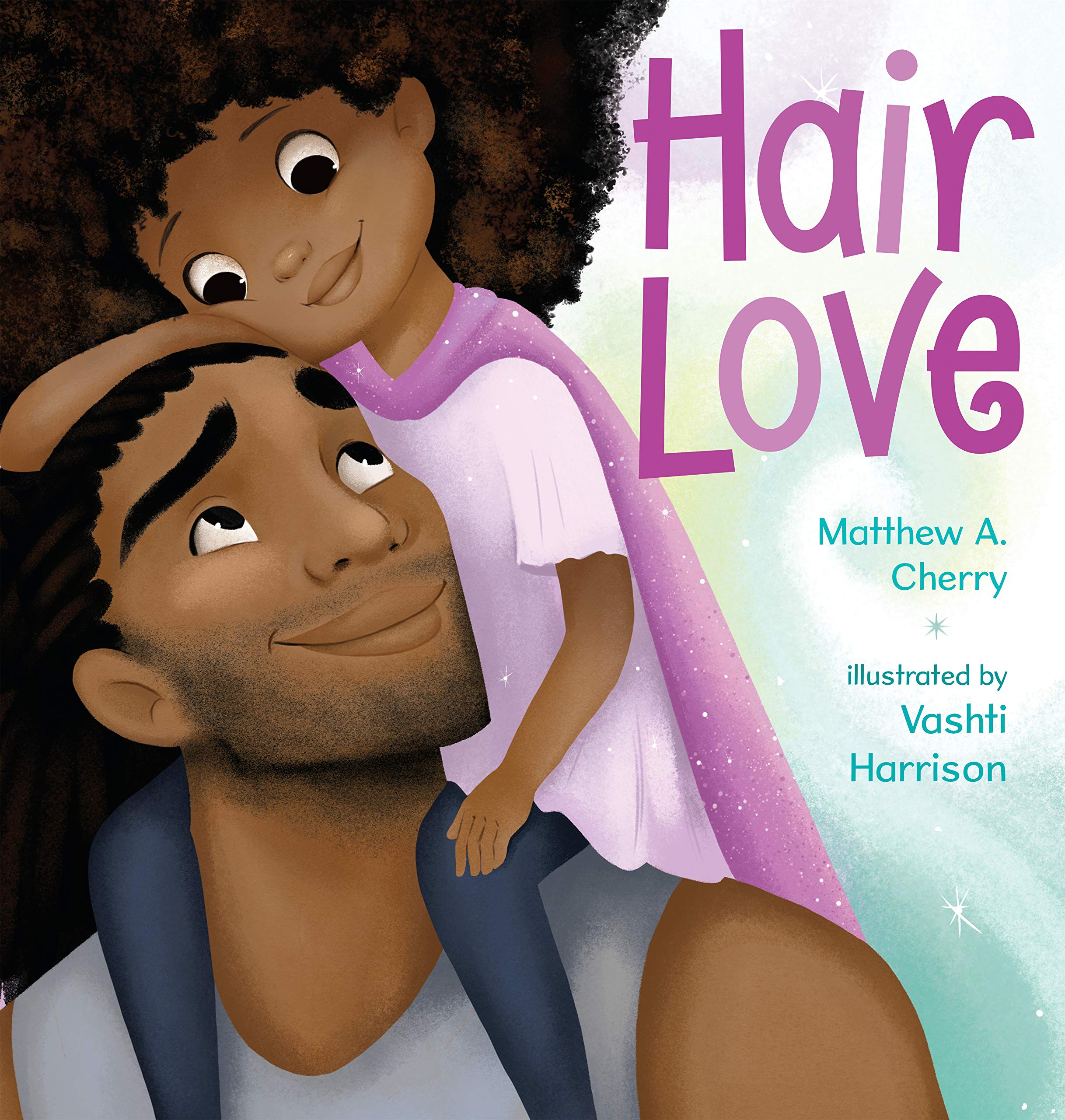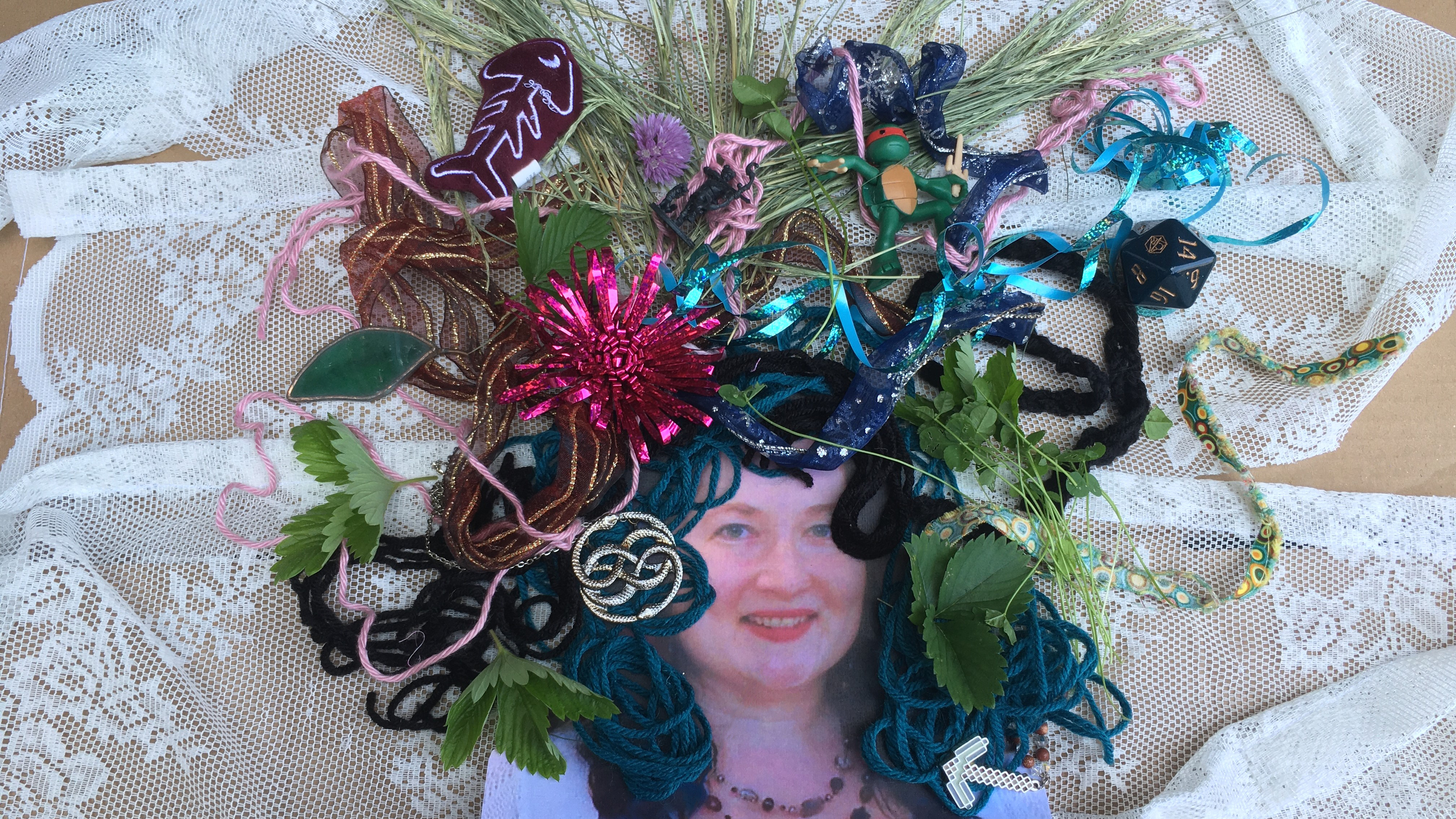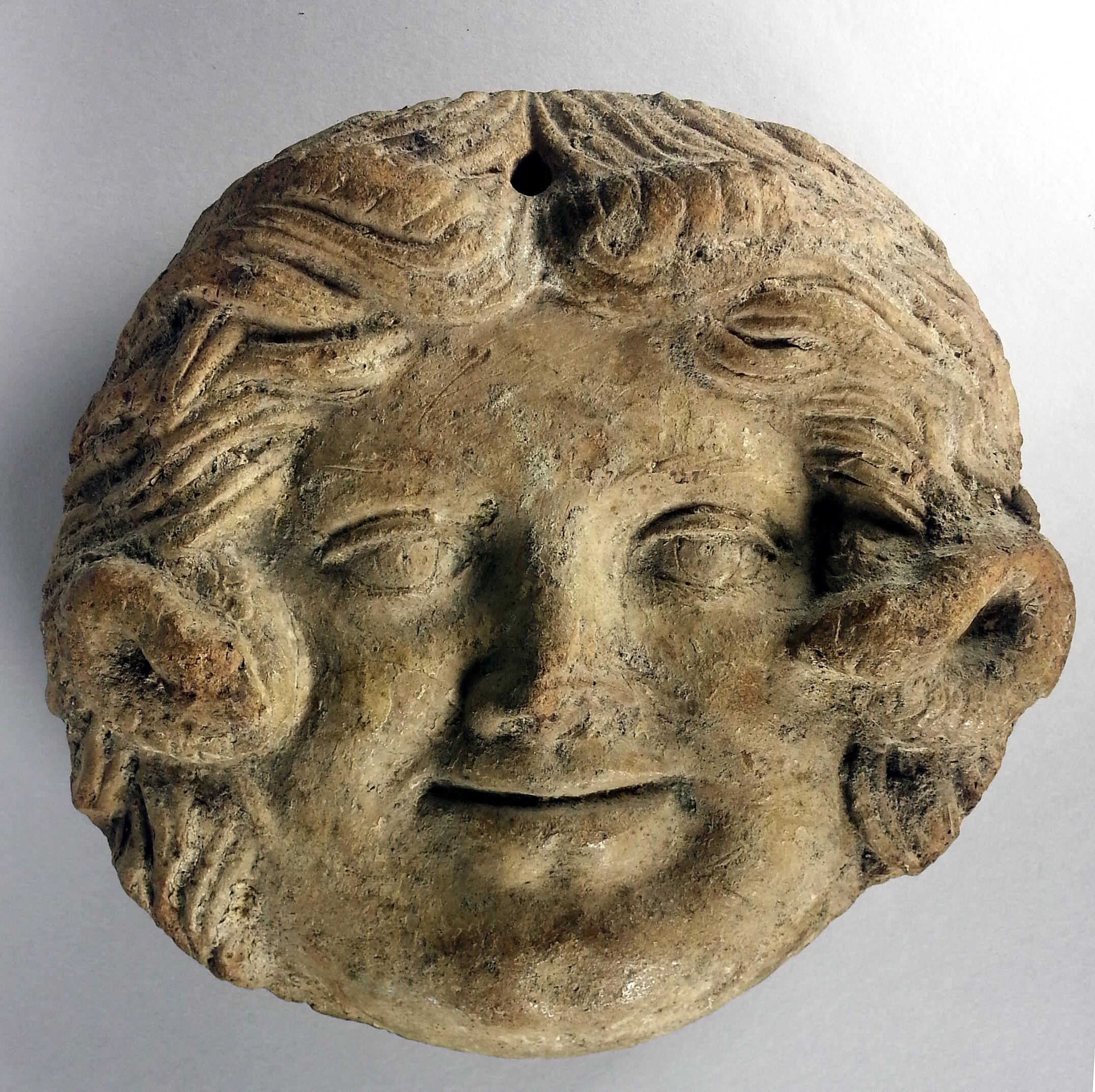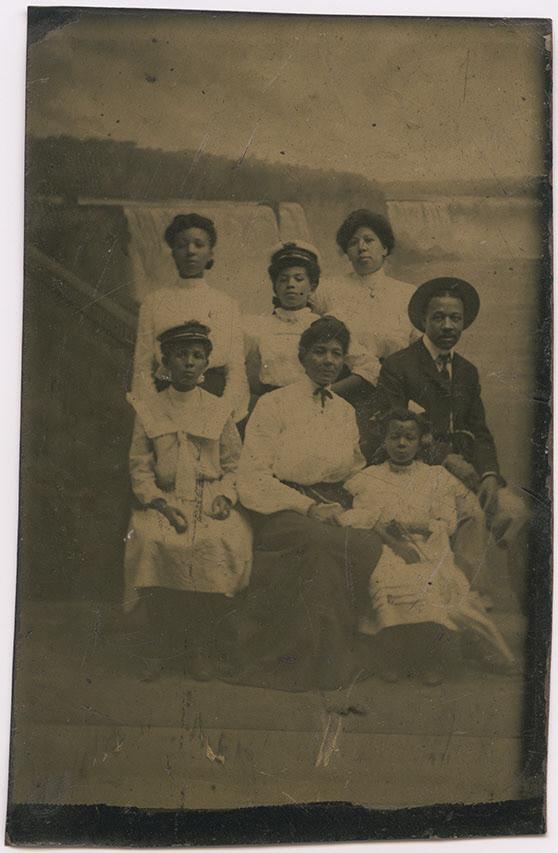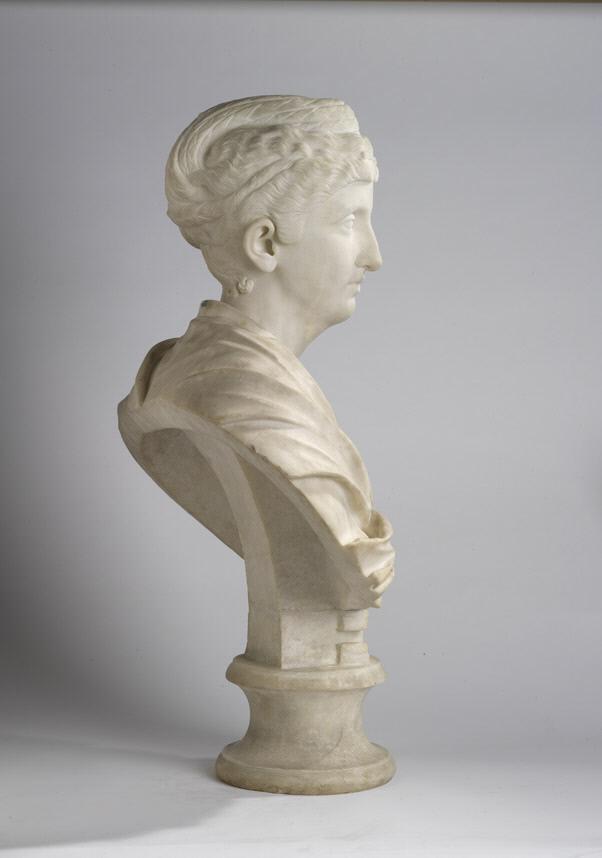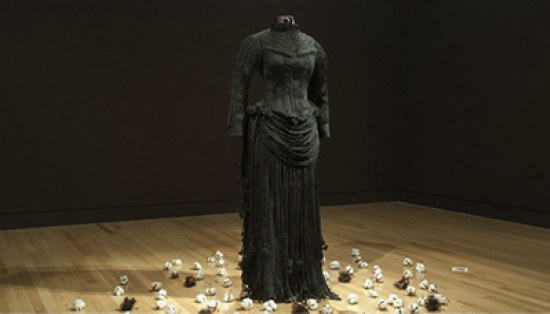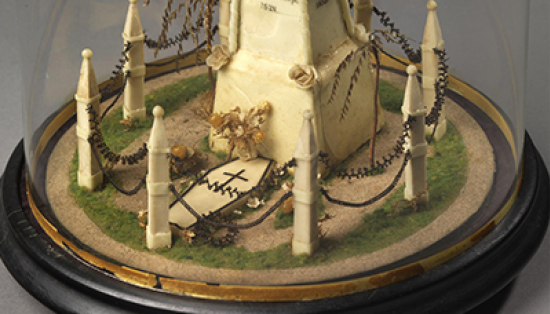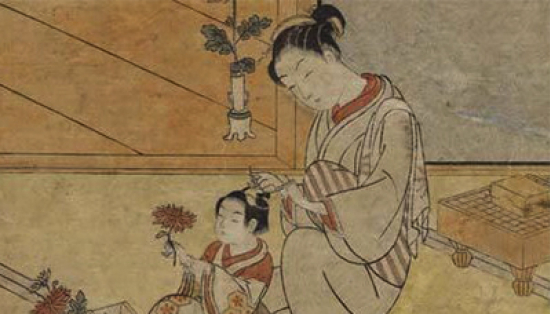Visit ROM Storytime for a discussion of children’s books for young learners with ROM educator Sarah Elliott. Joining Sarah this week is special co-host Christian Blake, Inclusion Manager at the ROM, who is helping to make sure that everyone's story gets told, and that everyone has a chance to hear them.
This week, Sarah and Christian explore Hair Love by Matthew A. Cherry, illustrated by Vashti Harrison. Stay tuned after the story summary for a Q&A on how the story connects to ROM objects, and try a story-inspired creative activity.
In Hair Love, Zuri’s hair can do its own sort of magic tricks thanks to her beautiful natural curls. There are many examples of this in the ROM galleries, but did you know you can also find examples of supernatural magical hair?
One example of supernatural hair you can find in the Gallery of Greece is Medusa, whose hair was made of snakes and could turn people to stone. In the Daphne Cockwell Gallery dedicated to First Peoples art & culture, you can find a carved narwhal tusk showing Sedna or Nuliajuk, mother of the sea animals, whose hair could catch them up when she was angry and leave hunters’ nets empty. In the Travelling Planetarium, we often tell the story of the Polynesian demigod Maui, whose magic fish hook is in the sky. But did you know Maui also lassoed the sun with magic lassoes made of his sister’s hair?
Our hair can be a very personal thing, and it can tell different stories about us throughout our lives. For the Creativity Challenge this week, we’re going to give ourselves some supernatural, story-telling hair!
- Find a background for your artwork. If you’re going to be hanging it up, you will want to use cardstock or cardboard. If you’re capturing it in a photo, your background can be anything you like.
- For a fun and colourful background, add a few drops of food colouring to a small amount of bubble solution. In an outdoor space, grab a friend or an adult to take turns blowing colourful bubbles and catching them on your background.
- Take a picture of yourself and cut it out.
- Place your picture on your background.
- Find your magical hair. This can be yarn, string, tissue paper, fabric, or you can get creative with things you find outside!
- Arrange your magical hair around your photo until it covers your natural hair – or let your natural hair show and add on to it, whichever you prefer! Add twists, turns, and gravity-defying stunts.
- Now add small objects to your hair that are important to you and help to tell the story of who you are.
- If you’re planning to hang up this art, glue everything in place once you’re happy with how it looks.
- If you usually choose to cover your hair, remember that you can choose that for your art, too. This art is about things that matter to you!
- Take a photo of your magical hair and share it with us @ROMtoronto #ROMathome.
Why was Medusa’s hair considered so scary? Were the snakes venomous?
In some stories, the snakes are venomous, but in others, they are not. The real danger was that if you looked at Medusa, you would turn into stone! However, aside from the fact that snakes are wonderful animals that are important for keeping rodent populations under control, the only ones who got turned to stone were people who barged into Medusa’s home and bothered her without being invited. If they respected her personal space and left her alone, they would have been just fine!
Has there ever been a time when certain hairstyles were forbidden?
Sarah: Absolutely, around the world and throughout history. Unfortunately, one of the ways people in power in society can assert control over others is to control how they express themselves. Hair is such a personal thing and a part of self-expression that it’s one of the first things that people try to control. For example, in Canada, when Indigenous boys were brought to a residential school, the school staff would cut off their long hair, which was a very deliberate attempt to disconnect them from their culture, traditions, and personal identity. It’s also important to remember that this isn’t distant history; the last residential school closed in 1996.
Christian: Speaking of power, only relatively recently has there been a growing acceptance for people wearing their natural curly hair. That’s because for a long time, any type of hair that wasn’t straight, or which broadly did not conform with Western ideals of how hair should be, was considered to be ”untidy” or ”unprofessional.” This idea had nothing to do with the actual hair — we all know that differences in our hair or appearance is what makes us unique and special — and had everything to do with power. Specifically, it’s the reinforcement of White beauty standards as the ideal, and the idea that anything else is seen as ”lesser.” I’m happy we see less of that today. I can happily wear my natural hair at work, but it’s important to note that this is not a prejudice which has entirely gone away. So, because of that, we need to continue to read books like Hair Love, see more diverse representations of hair in our media, and be just as excited about hair that doesn’t look like ours as we are about hair that does.
Have there ever been hair styles that we see in statues and artwork, but can’t figure out how to re-create it?
In the Eaton Gallery of Rome, you can find statues of ladies with incredibly ornate (that means fancy!) hair. Women have a special hairstylist called an ornatrix to get these gravity-defying styles. It was once thought that they would have to be wigs, because there was no way that straight pins could hold the styles in place. That is, until Janet Stephens, a hairstyle archaeologist, figured out that the word usually translated as “straight pin” could also mean “needle and thread,” and then re-created the styles on modern-day women by sewing the hair into place!

